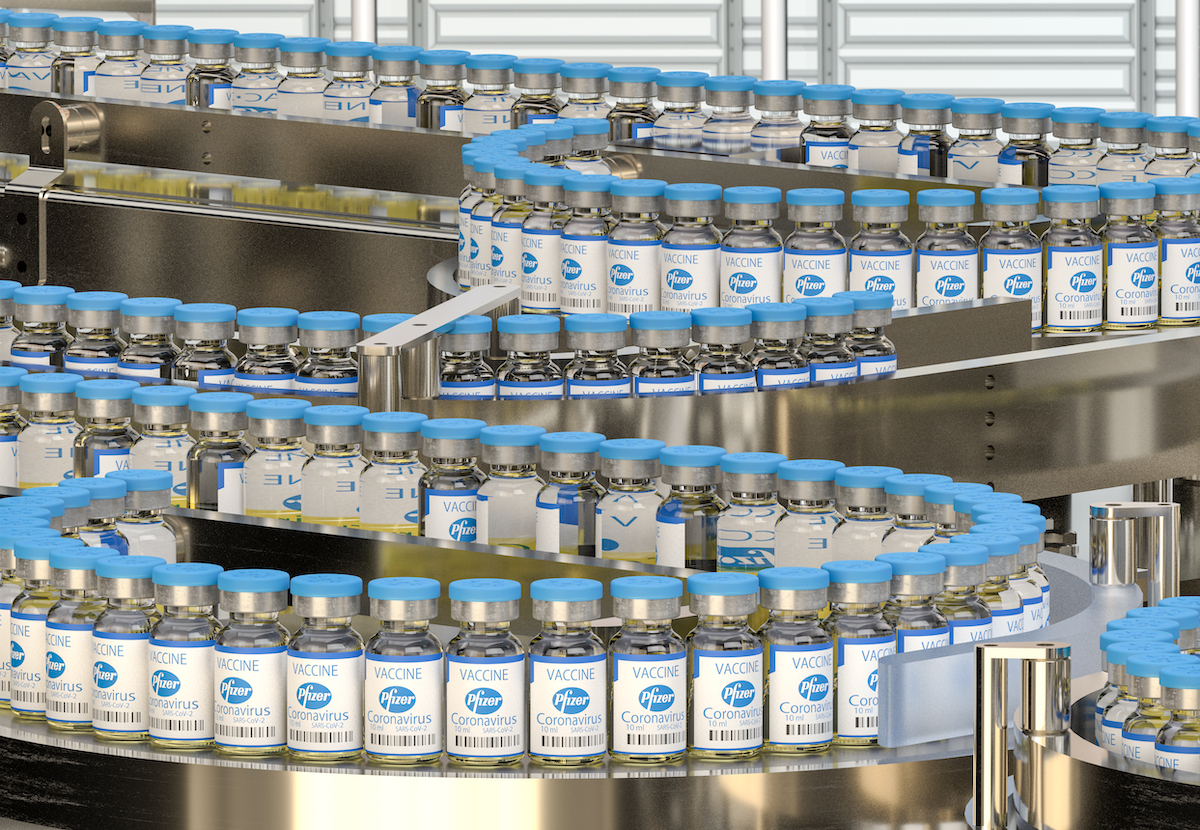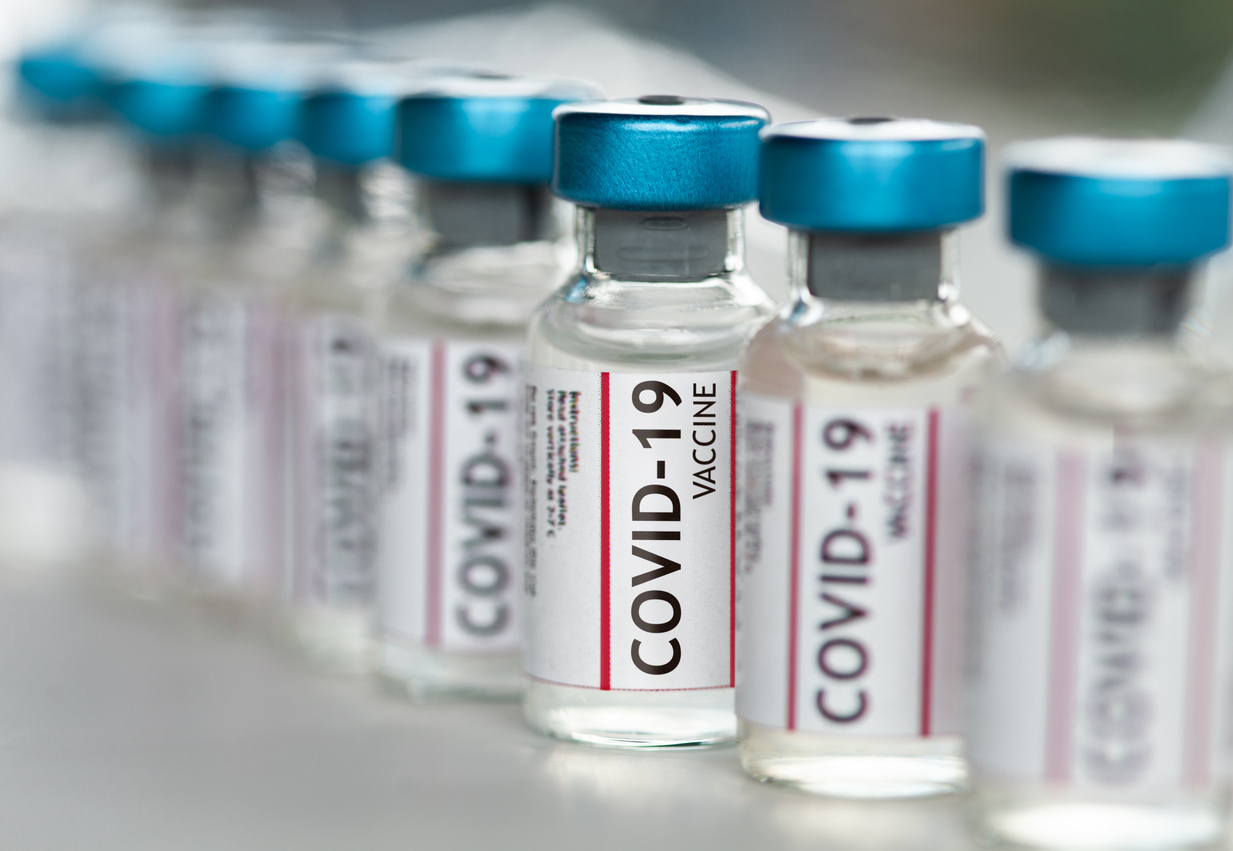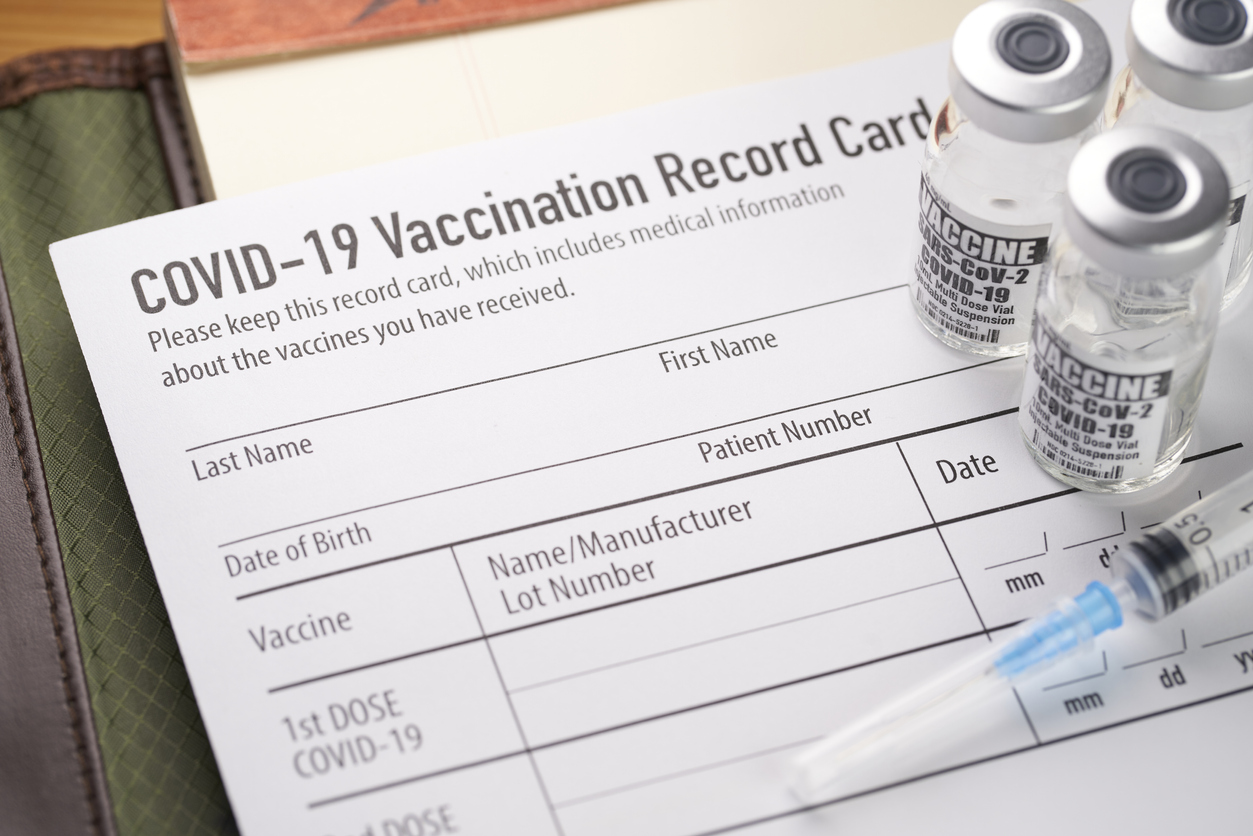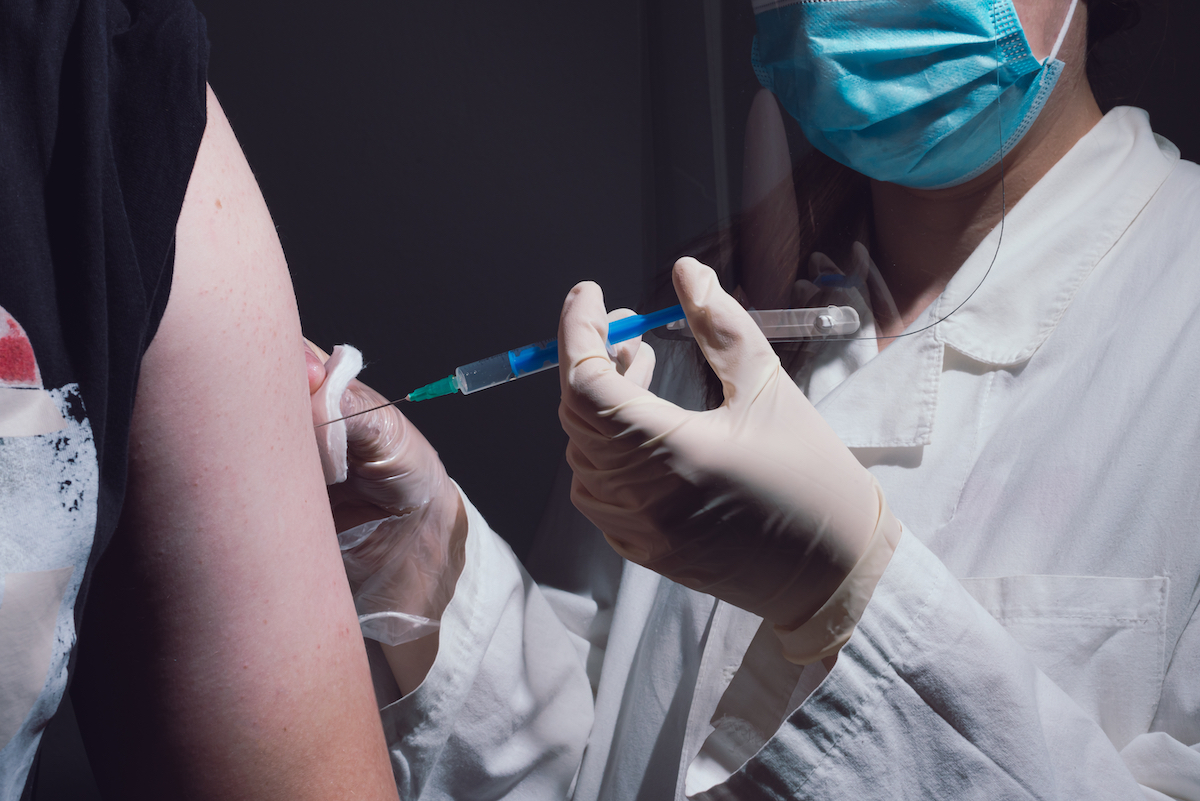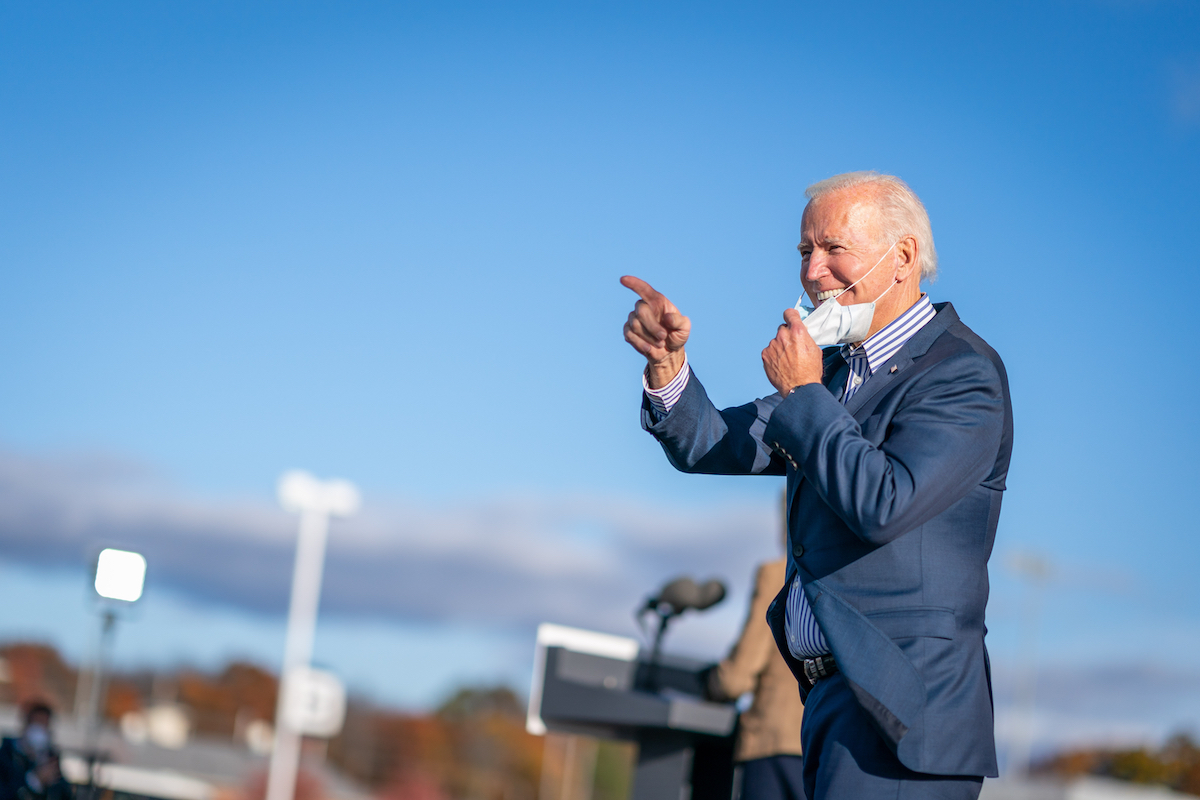“One of the biggest problems right now is I can’t tell you how much vaccine we have, and if I can’t tell it to you then I can’t tell it to the governors and I can’t tell it to the state health officials,” Walensky told Fox News Sunday when asked about the situation she and the Biden administration inherited. “So, the fact that we don’t know today, five days into this administration and weeks into planning, how much vaccine we have, just gives you a sense of the challenges we’ve been left with.” And for more changes to how shots are administered, check out The CDC Just Made This Major Update to Its Vaccine Guidelines. The CDC has already acknowledged that the COVID-19 vaccine rollout is currently running less smoothly than it should be and that an improved system will see more points of delivery opened, speeding the process up. “The goal is for everyone to be able to easily get vaccinated against COVID-19 as soon as large enough quantities are available. Once vaccine is widely available, the plan is to have several thousand vaccination providers offering COVID-19 vaccines in doctors’ offices, retail pharmacies, hospitals, and federally qualified health centers,” the CDC wrote on its website on Jan. 5. In her interview with Fox News Sunday, Walenksy confirmed: “The supply is probably going to be the most limiting constraint early on. … We also need to sort of make sure that this, the supply, gets to pharmacies, that we have enough vaccinators, that we have enough places and outreach to do the vaccination.” And for more on where you may be able to get vaccinated soon, check out You Can Now Get Your COVID Vaccine at Walmart in These 10 States. Walensky highlighted that the lack of clarity on how much vaccine there is creates the issues of either unused vaccine or long lines and canceled appointments. “If [states] don’t know how much vaccine they’re getting, not just this week but next week and the week after, they can’t plan. They can’t figure out how many sites to roll out, they can’t figure out how many vaccinators that they need, and they can’t figure out how many appointments to make for the public,” she explained. “So, if they overshoot it, then we have vaccine on the shelf and if they undershoot it, we have these queues and queues of people, people whose appointments are canceled… Either way, we have challenges.” Walensky was upfront about the fact that states that are running short on vaccines may not be able to secure immediate replenishment. She admitted that the government does not “have as many doses as we would like now for states like New York [or] for other states that are claiming to have run out of vaccine.” And for more regular COVID updates, sign up for our daily newsletter.ae0fcc31ae342fd3a1346ebb1f342fcb Before he was sworn in, President Biden pledged that this administration would give 100 million COVID-19 vaccinations in their first 100 days in office, a goal he’s since stood by. But Walensky stressed that this was only a starting point and a first target to hit in a longer-running campaign. “My understanding is that the current supply crunch is the one that… I’m most worried about. We have every indication that over time we’ll get more and more vaccine. So we certainly can’t predict any of the obstacles that would come in our way here. But from the data that I’ve seen so far, I’m hopeful that we’ll actually get an increasing amount of supply, not a stagnating one,” she said. “We’re really hoping that after that first 100 days we’ll have much more production, not just for these two vaccines [Moderna and Pfizer], but we are hopeful that we’ll have another one from Johnson & Johnson in the weeks ahead and perhaps even a fourth coming down the pipeline. So we are really hoping that we’ll have more vaccines and that will increase the pace at which we can do the vaccinations.” And for more on the newest vaccine coming up, check out These Are the Side Effects of the New Johnson & Johnson Vaccine.
